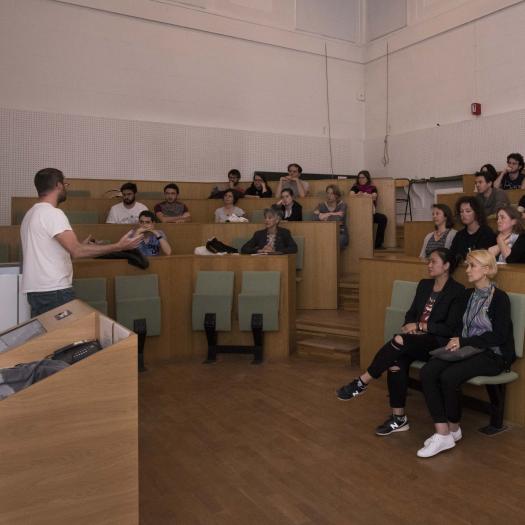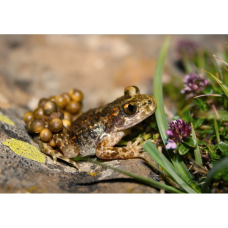Les séminaires de l’ISYEB accueillent Luisana Avilan de l’Universidad de Los Andes (Venezuela) et de l’Université Aix Marseille

Les séminaires de l'ISYEB tous les mardis en amphithéâtre Rouelle

Les séminaires de l'ISYEB tous les mardis en amphithéâtre Rouelle
The bacterial signaling pathway mediated by the nucleotide (p)ppGpp was retained during the endosymbiotic origin of the chloroplast. In plants, ppGpp influences chloroplast function, plant growth and development. In other photosynthetic organisms such as diatoms, the enzymes responsible for (p)ppGpp homeostasis are also present. The function of ppGpp in diatoms was studied using transgenic lines of P. tricornutum over-expressing heterologous synthases or hydrolases of (p)ppGpp. The expression of these proteins allows the modulation of the (p)ppGpp levels in the cell and, through the cell phenotype, some functions were inferred for this nucleotide. Increase of (p)ppGpp in the cell produced a decrease in cell growth and a decrease in the maximum efficiency of photosystem II (Fv/Fm). As in Arabidopsis, (p)ppGpp decreased the D1/LHC protein ratio and consequently, an increase of the levels of free antenna was observed. In addition, lipids and carbohydrates production were affected as well the expression of heat shock proteins and other stress proteins. Our work supports the relevance of (p)ppGpp in the control of diatom physiology.



